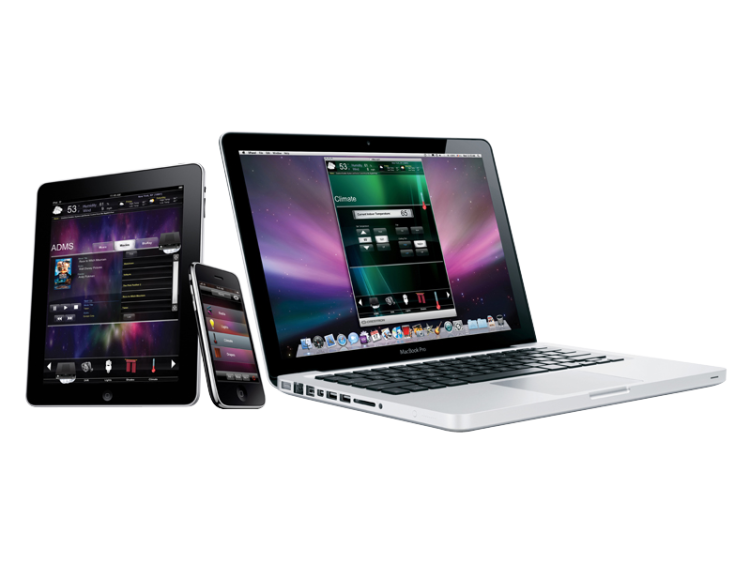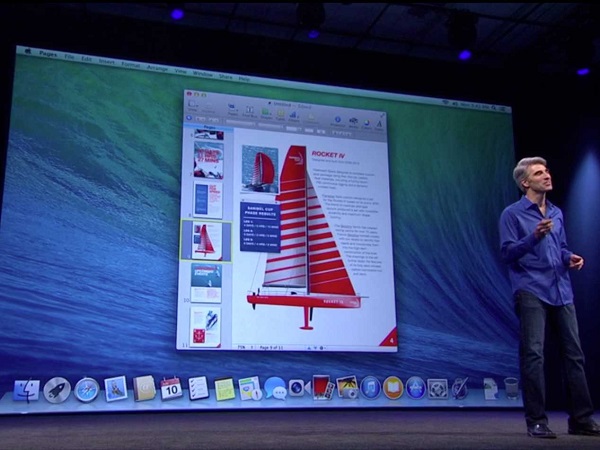
Last night, Apple announced that the next iteration of OSX would be called Mavericks. Named after a surfing spot in California, it marks the end of the big cat themed names. The new OS brings with it a number of improvements that, as a non-Apple user, I would not be qualified to comment. However, as far as the adoption rate has gone, Lowyat.NET has at least two people who have jumped on it. But why wouldn’t they? After all, it’s a completely free update.
More after the break
This marks the second time that Apple has decided to reduce the price of their software to zero. Previously, during the iPhone 5S/C announcement, it was revealed that the Apple productivity suite, iWork, for iOS would be free for users who bought an Apple product after 1 September. Unsurprisingly, iWork for the Mac will follow the trend and also be free to new Apple devices.

More importantly, the revelation that iWork would be shipped for free came shortly after Microsoft quietly released an iOS only version of MS Office, that doesn’t work on the iPad.
Microsoft’s productivity suite requires an Office 365 subscription, but doesn’t count against the five computers allowed. At the time, it was a slight tradeoff against paying a one-time fee to buy iWork to be productive on an iPhone. The lack of iPad compatibility was perhaps an attempt to convince people to use Office Web Apps, which works from a browser. More importantly, getting users to subscribe to the Office 365 service will end up syncing documents to Microsoft’s Skydrive. Which would move users away from the iCloud.
The key to a successful product line is getting users trapped in the ecosystem. Apple users will find it more convenient to keep using Apple products because all their files and settings can be shared across all devices. It is also why Apple ditched Google Maps in favour of their own mapping service. There is nothing devious about whole affair; convenience is having everything in the same place all the time.
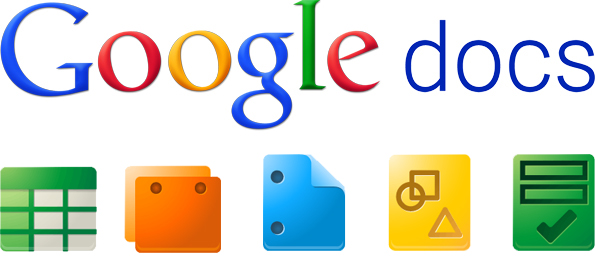
Google already does this with the Gmail, Google Docs, Google Drive, combination. All provided for free with a Google account. Which is required to access the Google Play Store on an Android device. The difference is that Google Docs doesn’t have an app yet. It would be nice to have one though.
Where is all this going? Well, it is the reasoning behind why Apple has been so willing to provide software and OS updates for free. This isn’t a matter of Tim Cook suddenly becoming a philanthropist and providing services to those who cannot afford to upgrade. Apple is about the premium consumer who can afford these things. However, premium consumers don’t get that way by throwing money around and a free deal is still much better than having to pay for it.
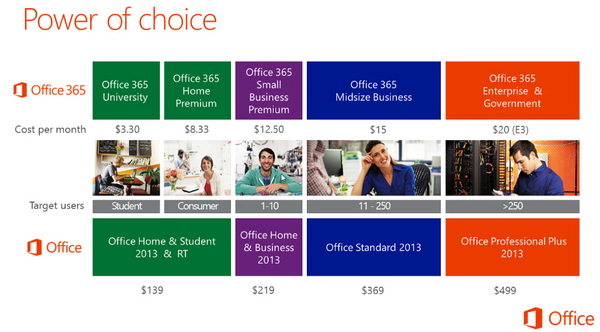
The alternative would be to watch Microsoft slowly increase Office 365 integration with their other applications and services, and lose control over that particular market segment. In this case, it wouldn’t make sense to straight up block Microsoft from the app store, mostly because doing that would invite some rather unfriendly anti-trust investigations. But also because didn’t exist on the iOS platform until very recently.
Releasing OSX Mavericks is another step to drawing people into this eco-system. Not just because it is free, that part is simply to reduce resistance to upgrading. Rather, it ensures that older systems can be brought up to speed and become capable of using newer Apple applications as time goes on. It’s not a question of Macs that are a couple of years old, Mavericks is apparently compatible with systems that were bought back in 2007. Computers that are now six years old. Several lifetimes when technology is concerned.
It now becomes a question of whether the plan will succeed. Microsoft Office is still the most popular productivity suite around and, due to quirks of text formatting, other text editors don’t always produce the same results. However, anyone already in the Apple eco-system already knows how difficult it will be to extract themselves; and adopting another Apple product (especially if it’s free) will feel perfectly natural.
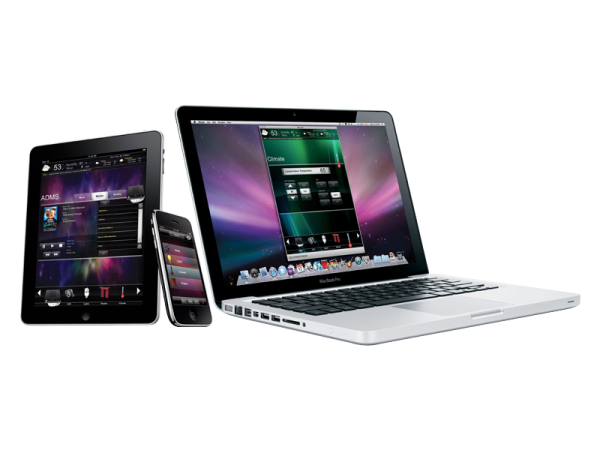
Apple knows precisely what will happen when brand new pieces of software are available for free. It is great news for fans because they are getting new stuff, but there is a bigger game to play here. One where securing an eco-system can mean more return sales and a larger profit margin. The only difference is that, for Apple, there are only minor gaps in the environment to close; everyone else still has a long way to go.

